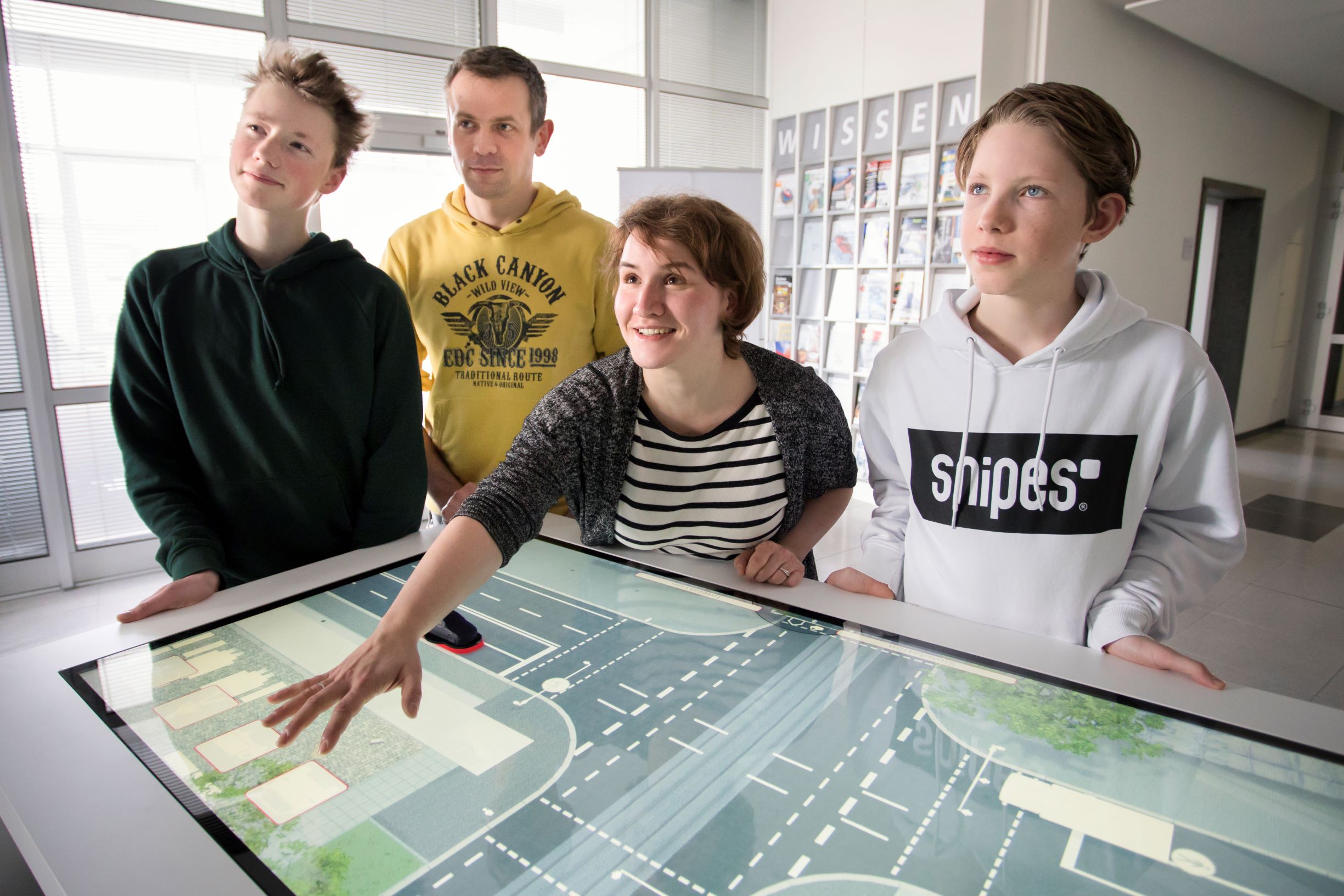Accident researchers, engineers and psychologists are working together in FAPS to develop the accident prevention of the future. By combining engineering solutions, accident analyses and psychological approaches that focus on the human being, the increased accident risk of children, teenagers and other vulnerable road users is brought into focus. The aim is to improve traffic education through the intelligent use of Smart Data and to individualize it for specific schools, thus increasing road safety.
The project uses real accident data from the EUSKa format of various federal states and makes them available for interactive accident prevention. For this purpose, high school students are confronted with real accident scenarios in their immediate environment and use 3D glasses to take the perspective of various road users. The adoption of this perspective leads to a sensitization and improvement of awareness and behavior in critical traffic situations for children and teenagers, helping avoid accidents in the long term.
Funded by:



